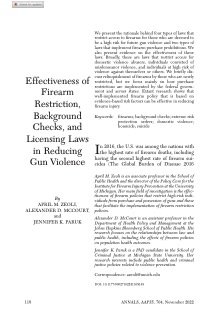By Alex Nowraster
A total of 298 mass shooters were responsible for 1,733 murders and 2,459 people injured in the United States from 1966 through the end of 2024. Over the 59 years studied here, the chance of being murdered by a mass shooter was about 1 in 9.1 million per year, and the annual chance of being injured was about 1 in 6.4 million. The murder victims of mass shooters account for about 0.15 percent of all homicides from 1966 through the end of 2024, but that percentage has risen in recent years. The deadliest year for mass shootings was 2017, when 14 shooters murdered 130 people and injured 959 others, accounting for 0.7 percent of all homicides in that year. Of those 298 shooters, 255 were native-born and 43 were foreign-born. The chance of being murdered in a mass shooting committed by a native-born American was about 1 in 10.5 million per year, about 6.5 times higher than the chance of being killed by a foreign-born mass shooter, which was about 1 in 68.4 million per year. The annual chance of being injured by a foreign-born mass shooter was about 1 in 94.7 million, and the chance of being injured by a native-born shooter was about 1 in 6.9 million per year. About 14.4 percent of mass shooters were foreign born, and they were responsible for 13.3 percent of murders, roughly in line with their share of the population, and 6.8 percent of injuries in mass shootings, roughly half their share of the population.
Washington, DC: Cato Institute, 2025. 10p.





















